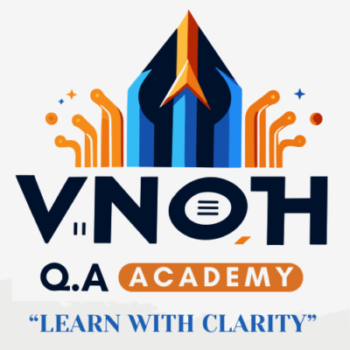Roles in Agile
In Agile methodologies, roles are defined to ensure effective collaboration, clear responsibilities, and efficient project management. These roles help facilitate the Agile principles of continuous delivery, customer collaboration, and adaptive planning. While the specific roles can vary depending on the Agile framework used (such as Scrum, Kanban, or XP), here are the primary roles commonly found in Agile teams:
1. Scrum Master #
Role:
– The Scrum Master is responsible for ensuring the team adheres to Agile practices and principles. They facilitate communication, remove impediments, and help the team improve its processes.
Responsibilities:
– Facilitating Scrum Ceremonies: Organizing and facilitating daily stand-ups, sprint planning, sprint reviews, and retrospectives.
– Removing Obstacles: Identifying and addressing any impediments that hinder the team’s progress.
– Coaching the Team: Providing guidance on Agile practices and helping the team to continuously improve.
– Protecting the Team: Shielding the team from external distractions and ensuring a productive work environment.
2. Product Owner #
Role:
– The Product Owner represents the customer and stakeholders, ensuring that the team delivers value in alignment with business goals. They are responsible for defining and prioritizing the product backlog.
Responsibilities:
– Managing the Product Backlog: Creating and maintaining a prioritized list of features, enhancements, and bug fixes.
– Defining Requirements: Writing user stories and acceptance criteria to clearly communicate the desired functionality to the development team.
– Stakeholder Communication: Acting as the primary liaison between stakeholders and the development team, ensuring that the team’s work aligns with business objectives.
– Decision Making: Making decisions about feature prioritization and scope to maximize the product’s value.
3. Development Team #
Role:
– The Development Team consists of professionals who are responsible for delivering a potentially shippable product increment at the end of each sprint. This team is cross-functional, meaning it includes all necessary skills to deliver the product increment.
Responsibilities:
– Delivering Increments: Developing and delivering high-quality, working software at the end of each iteration.
– Self-Organizing: Managing their own work and collaborating to determine the best way to accomplish tasks.
– Continuous Improvement: Participating in retrospectives and other ceremonies to identify and implement improvements.
– Collaboration: Working closely with the Product Owner to understand requirements and with the Scrum Master to improve processes.
4. Stakeholders #
Role:
– Stakeholders are individuals or groups who have an interest in the outcome of the project. They provide feedback and requirements and are often involved in reviewing the product increments.
Responsibilities:
– Providing Feedback: Offering input and feedback on the product increments to ensure the final product meets their needs.
– Clarifying Requirements: Assisting the Product Owner in defining and prioritizing requirements.
– Participating in Reviews: Attending sprint reviews and other relevant meetings to stay informed about the project’s progress and provide necessary insights.
5. Additional Roles (Specific to Certain Frameworks) #
Role: In some Agile frameworks, additional roles are defined to address specific needs. Here are a few examples:
– Agile Coach: A mentor who helps teams and organizations adopt Agile practices, providing training, coaching, and guidance.
– Release Train Engineer (RTE): In the Scaled Agile Framework (SAFe), the RTE is responsible for facilitating the Agile Release Train (ART), coordinating multiple teams, and ensuring alignment and delivery of value across teams.
– Team Lead: In some teams, a Team Lead may take on a role similar to the Scrum Master but with additional responsibilities related to technical leadership and mentoring.
Conclusion #
Agile roles are designed to facilitate collaboration, ensure continuous delivery, and maintain alignment with business goals. Each role has distinct responsibilities that contribute to the overall success of the project. By clearly defining these roles and fostering effective communication and collaboration, Agile teams can deliver high-quality products that meet customer needs and adapt to changing requirements.



